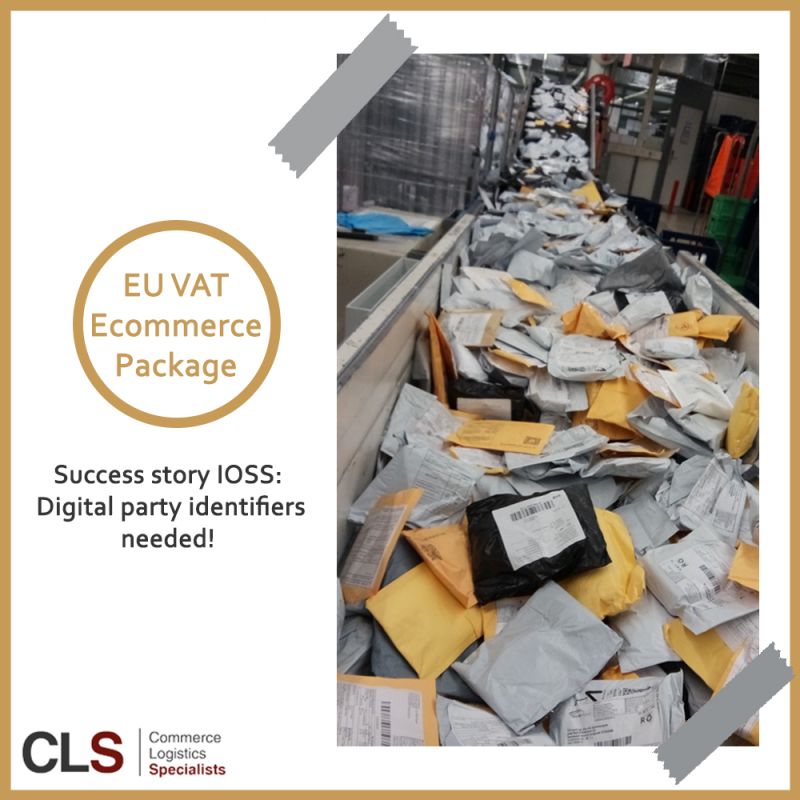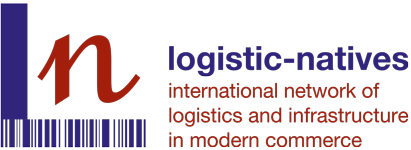Success story IOSS: Digital party identifiers needed

The EU #VAT #Ecommerce package, in force since 1 July 2021, redefines global #onlineretail. The EU’s Import-One-Stop-Shop (IOSS) scheme, which came into effect with the new regulation on 1 July 2021, allows imported #parcels to be exempt from import VAT: VAT is paid at the point-of-sale (checkout), with the supplier (or marketplace) liable for the tax – making it vital that a valid #IOSS VAT ID is used.
One reason for implementing the IOSS scheme was to significantly reduce #import #VAT #fraud and under-declaration for #customs purposes – which EU authorities estimate results in annual #tax revenue losses of several billion euros.
It is already safe to say that the new #model is a success, resulting in additional #revenue streams for the EU Member States, and leveling the global Ecommerce playing field.
As predicted, IOSS VAT #ID #abuse has become an #issue. When using the current IOSS model, the customs authorities check upon import whether the IOSS VAT ID is valid – but not whether the shipper is authorized to use it.
Currently, it is not possible to determine whether a #supplier is lawfully using a third party IOSS VAT ID (i.e., one belonging to intermediary acting on behalf of the supplier) at the time of importation. Any discrepancy will only be detected weeks after low-value consignments have entered the EU, i.e., when tax authorities compare pre-lodged IOSS declarations with filed IOSS VAT returns.
A simple means of preventing this abuse is to establish a secure digital relationship between IOSS VAT ID numbers and the suppliers lawfully permitted to use them. The necessary unique globally harmonised party IDs for identifying entities (suppliers/logistic providers) using intermediary services already exist.
At the #global level, the Universal Postal Union (#UPU) has solved a similar #challenge by implementing a harmonised system to assign and use party identifiers for entities exchanging data and handling #postal items. Here the UPU acts as the issuing agency, similar to ICANN for names and numbers on the internet.
An EU-wide database which:
i) links IOSS VAT ID to tax intermediaries (current status), AND
ii) links tax intermediaries and their valid IOSS VAT ID to a complete list of suppliers (identified by a standardised party ID) who are permitted to use the intermediary’s IOSS VAT ID, would render IOSS VAT ID abuse almost impossible. Customs authorities checking valid IOSS VAT IDs would automatically reject shipments sent by entities not listed with the tax intermediary’s register of party IDs.
We expect to see further developments soon as EU standardisation is already working on a solution.
#tax #customs #trade #data #digital #economy #database #upu #europe #news #newsupdates #standartisation #globalisation # #eu #tariffs #harmonisation
Click here for the LinkedIn-Article.

Walter Trezek
Document Exchange Network GmbH

